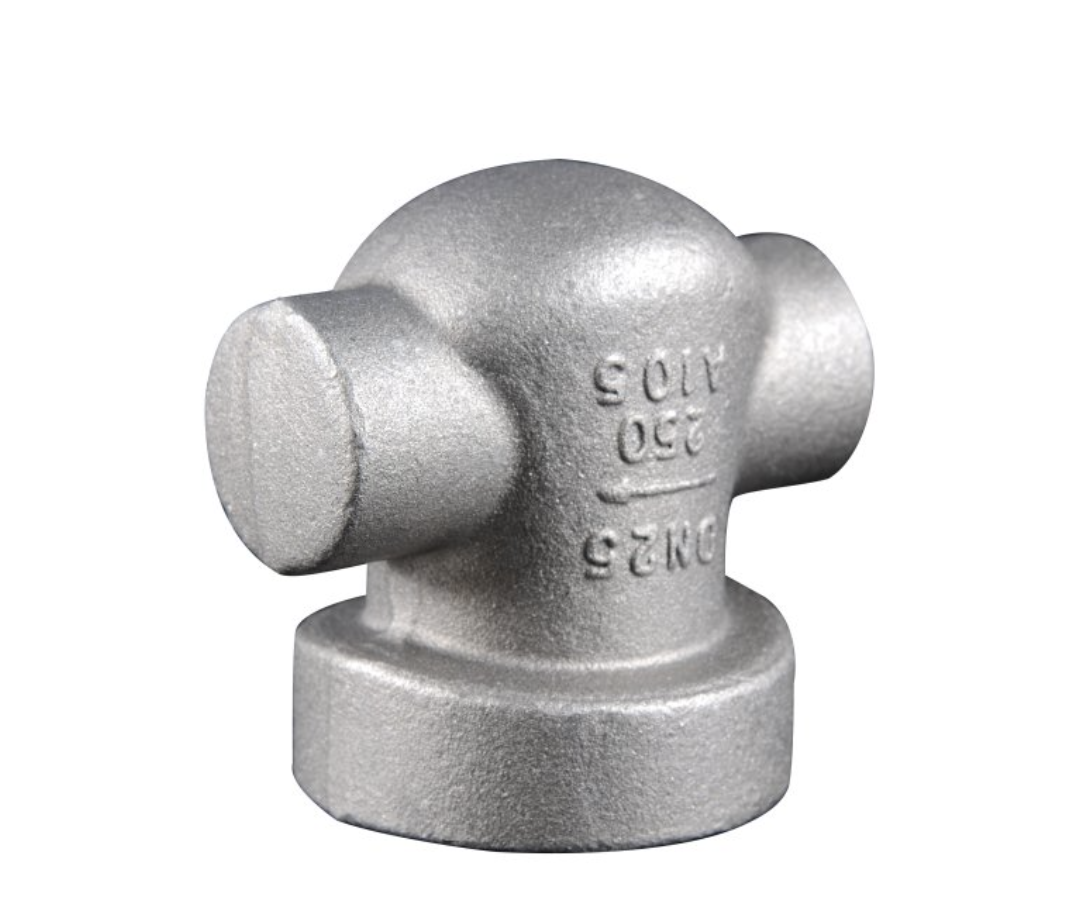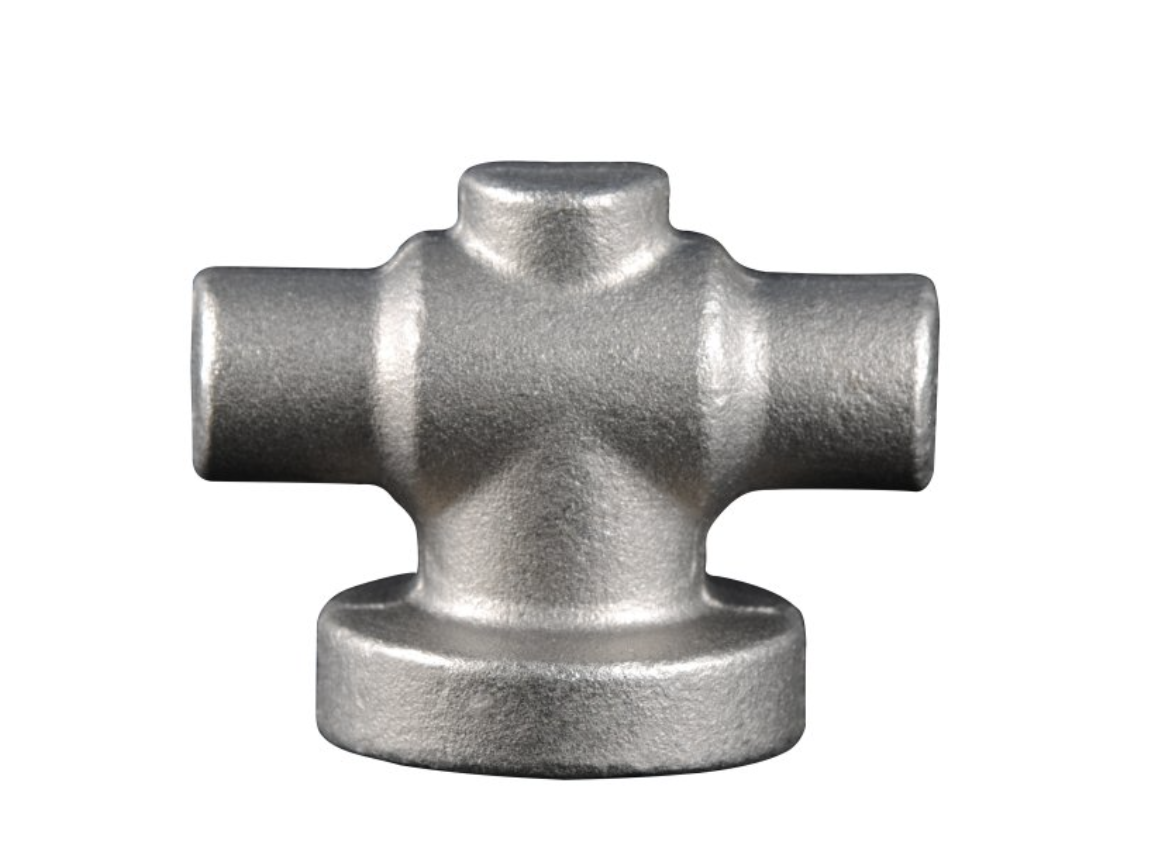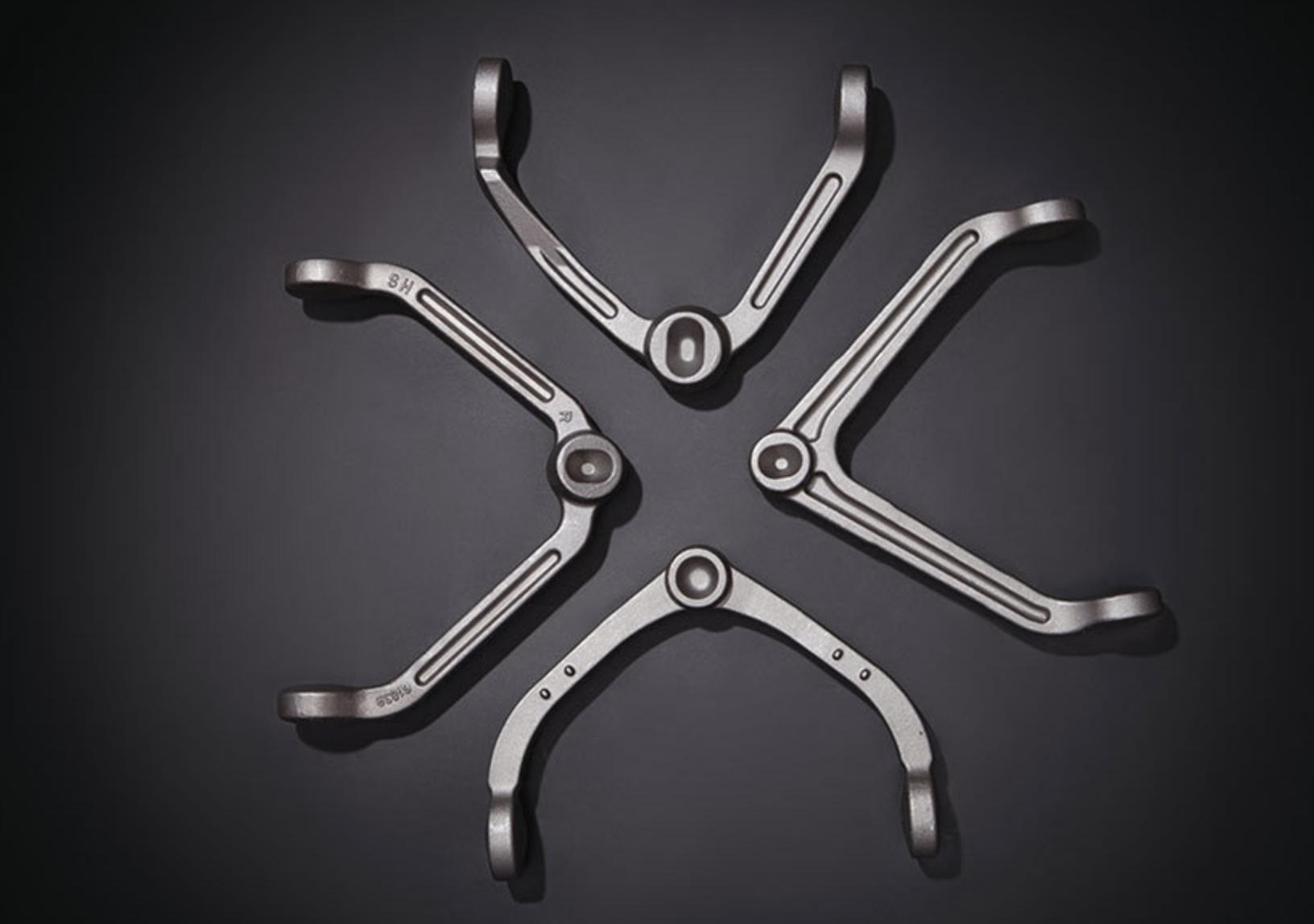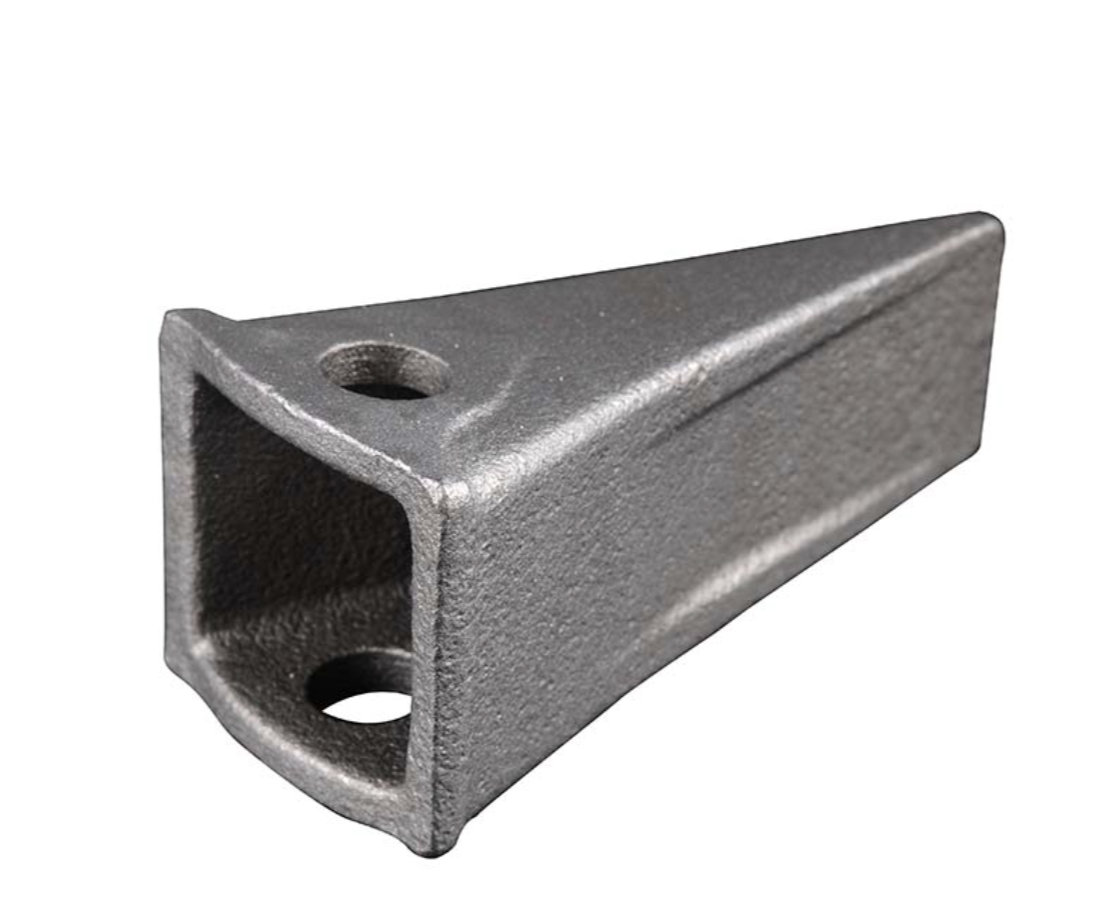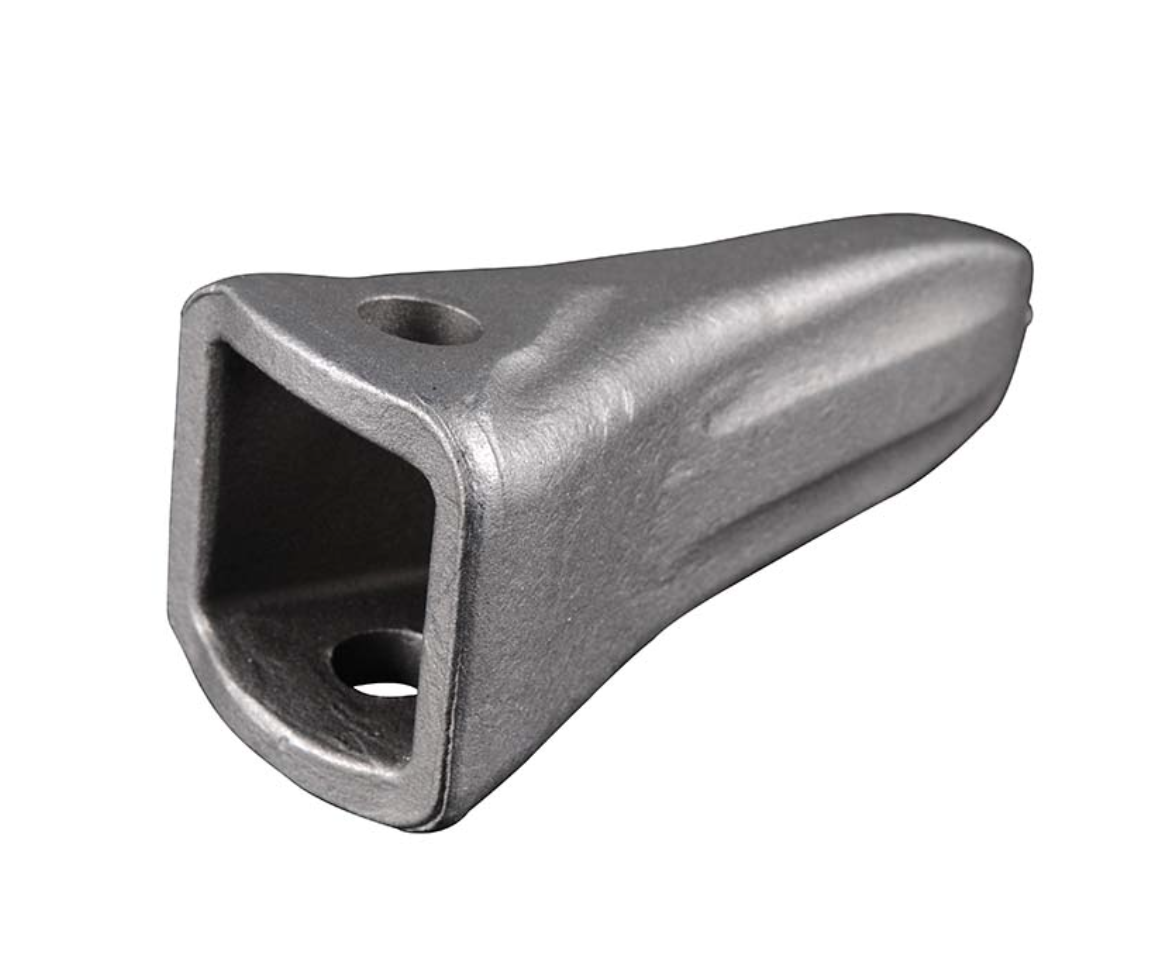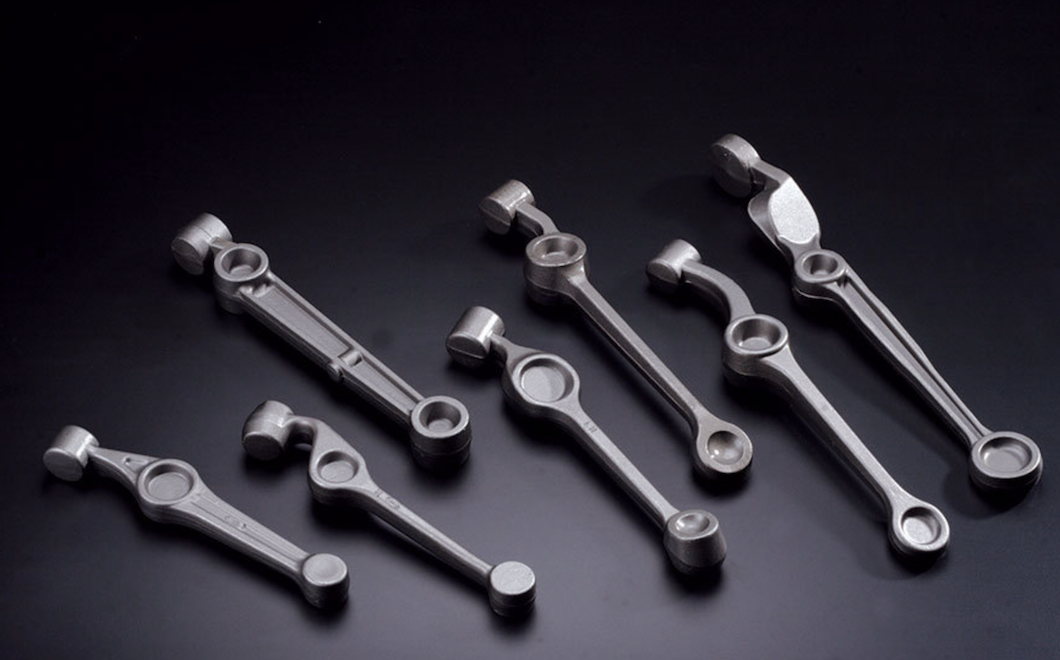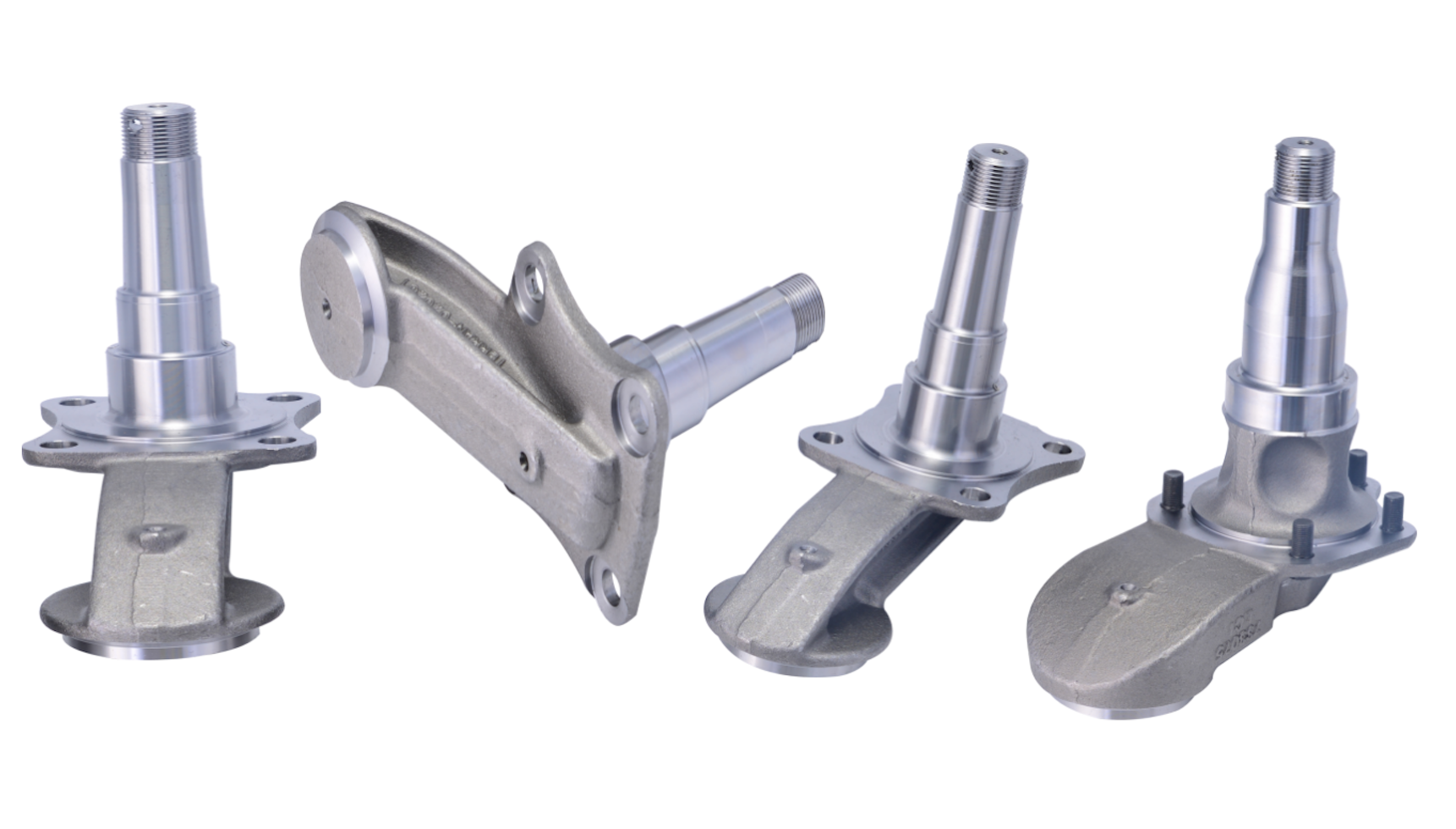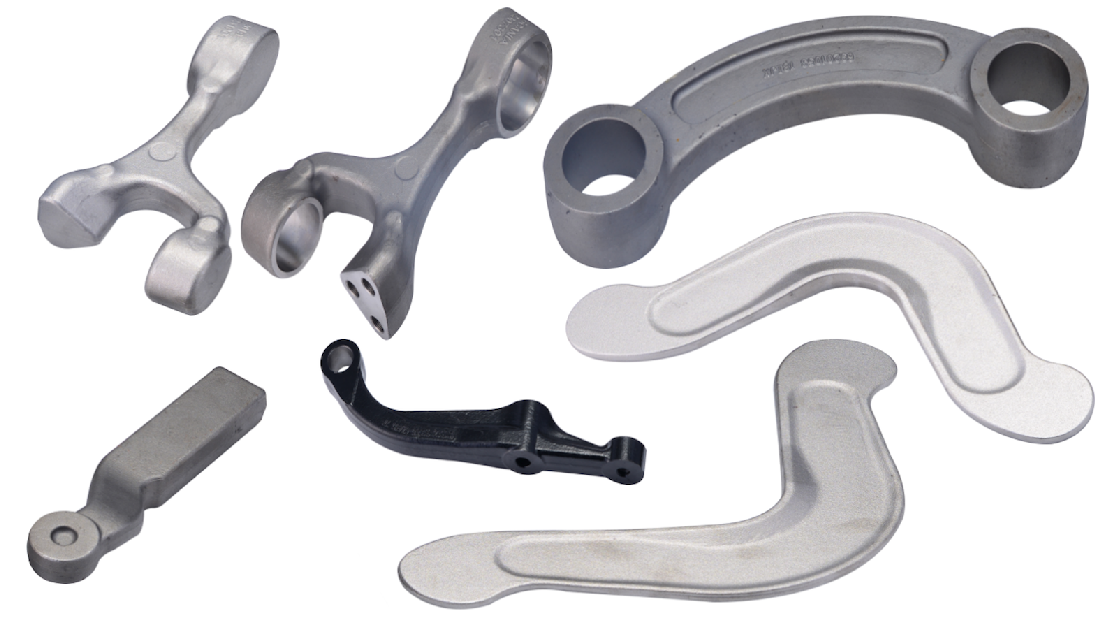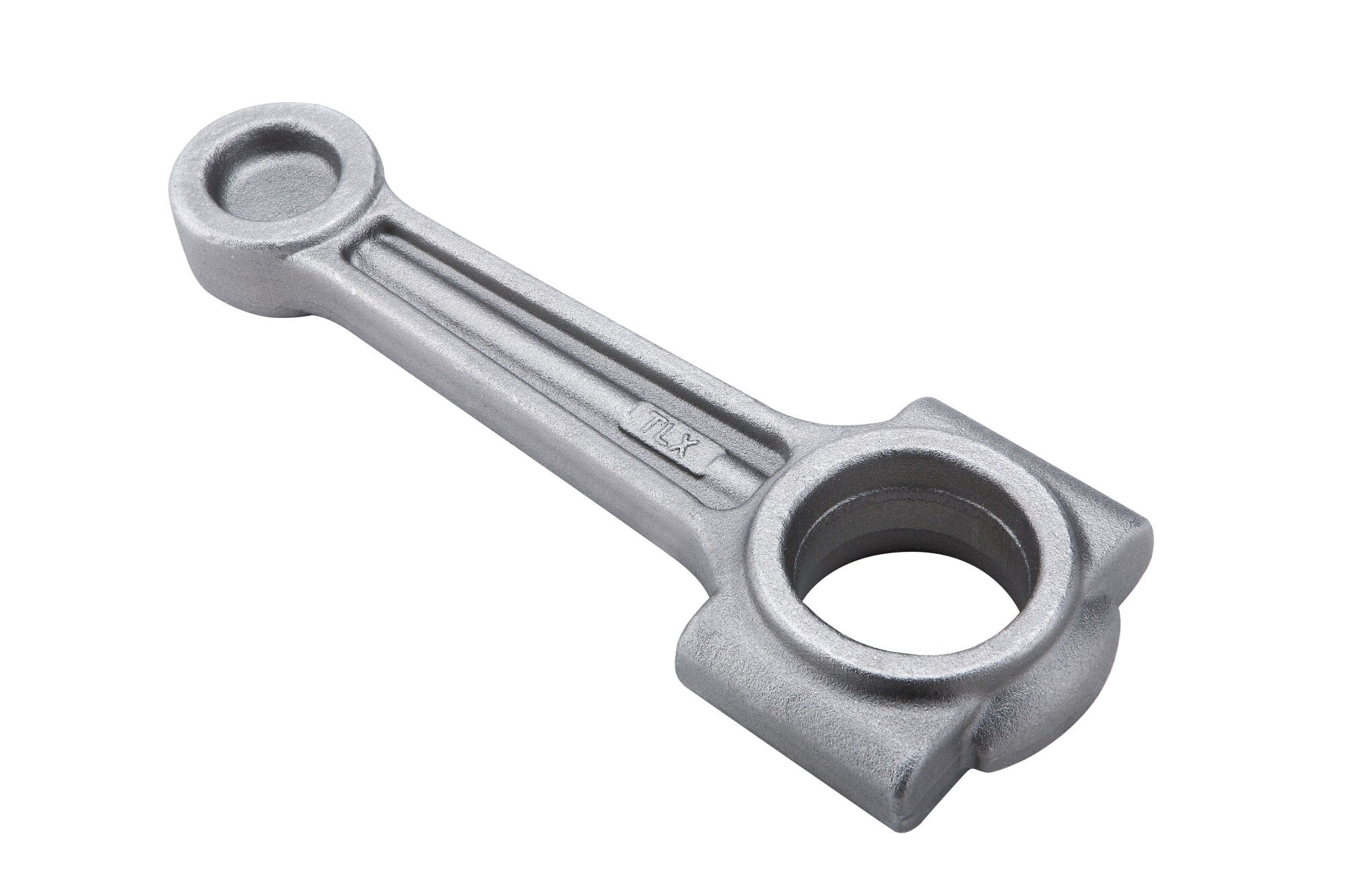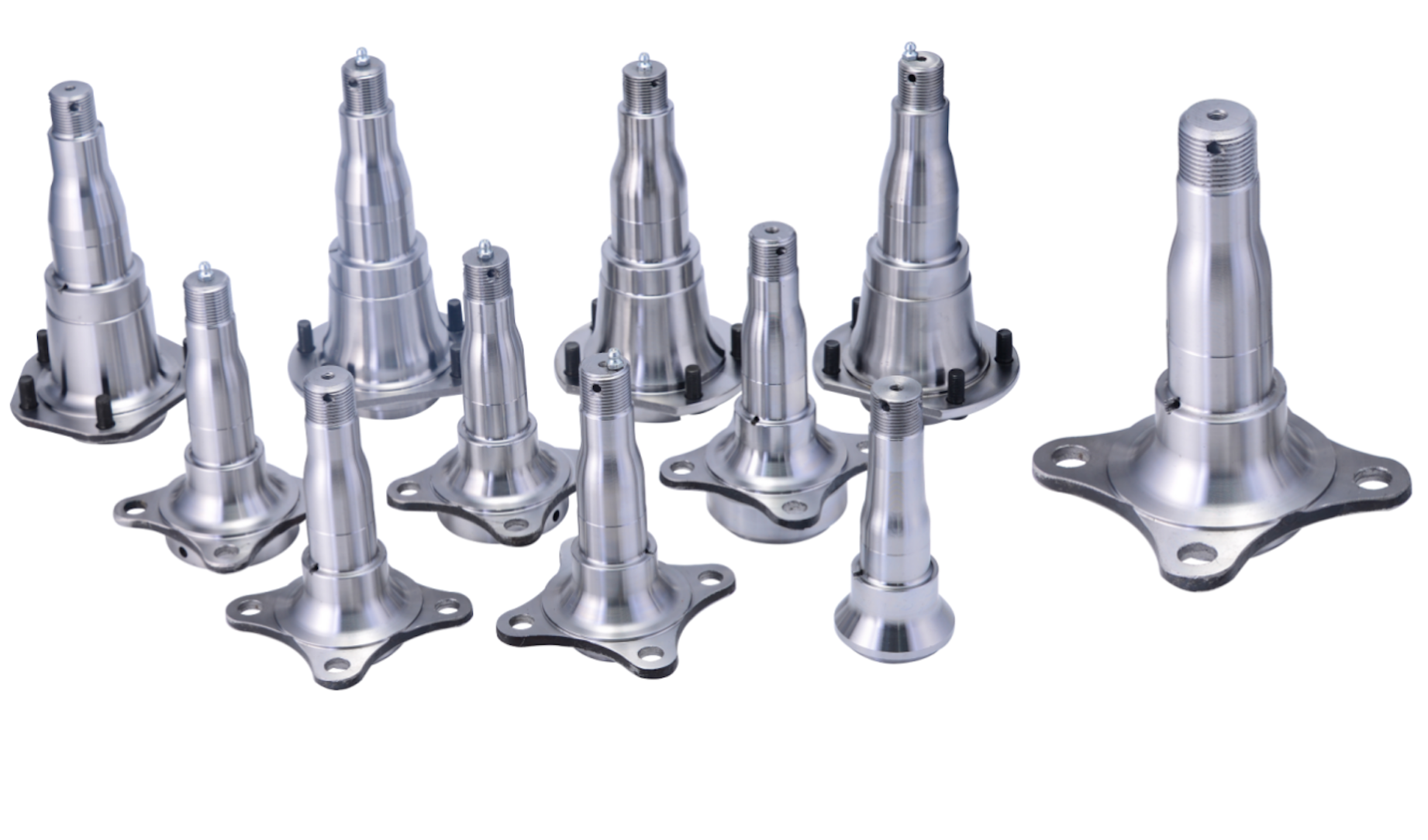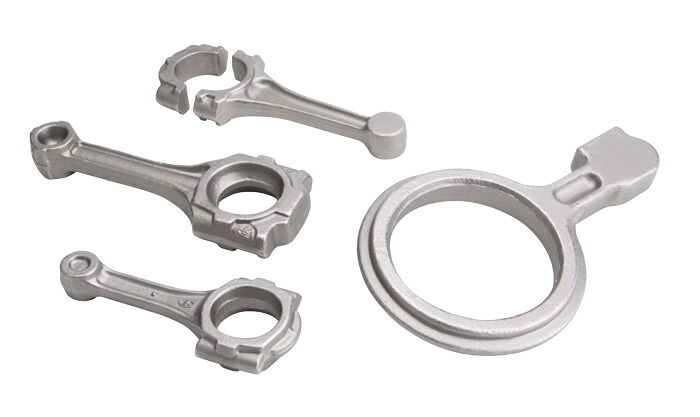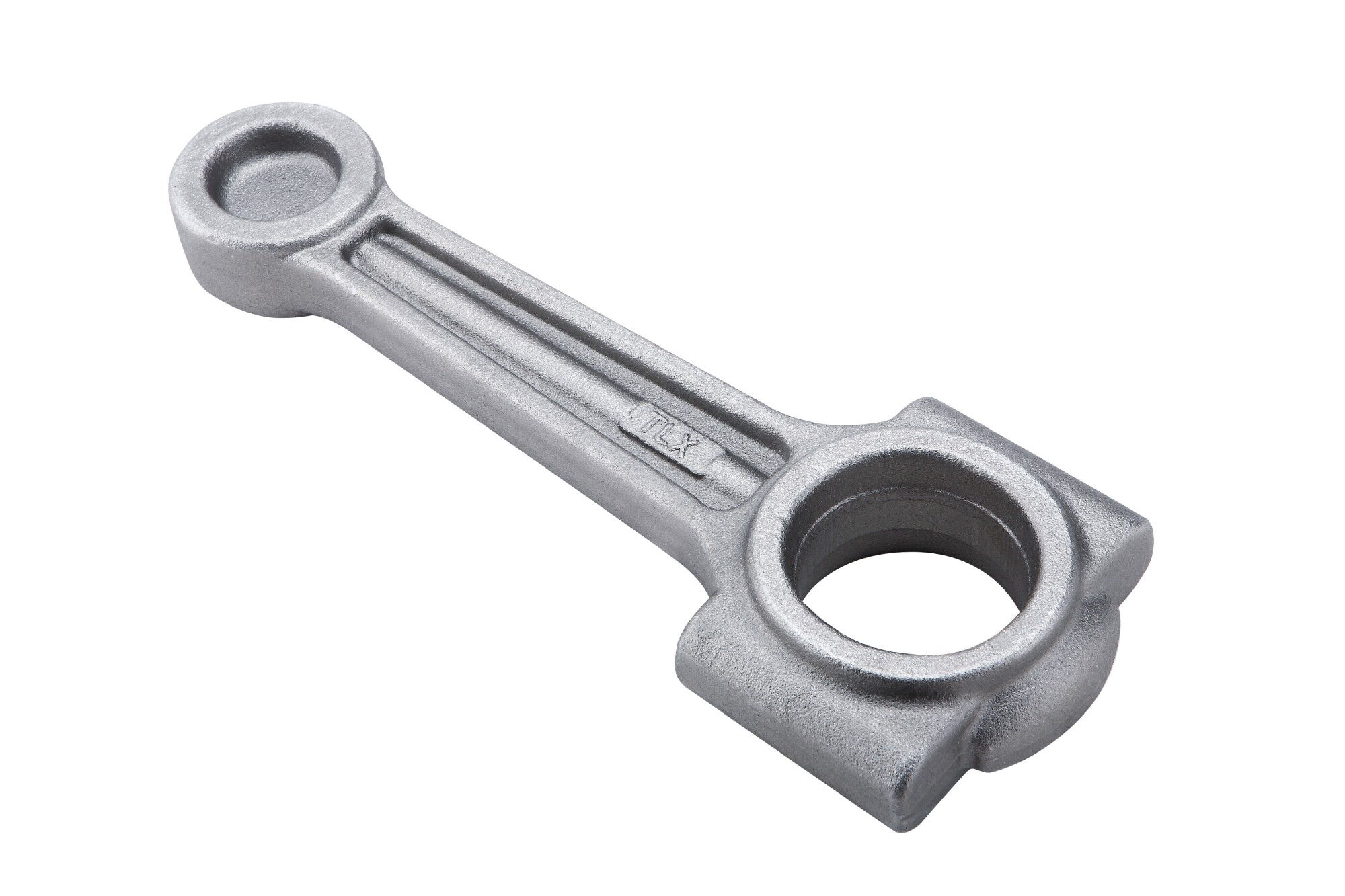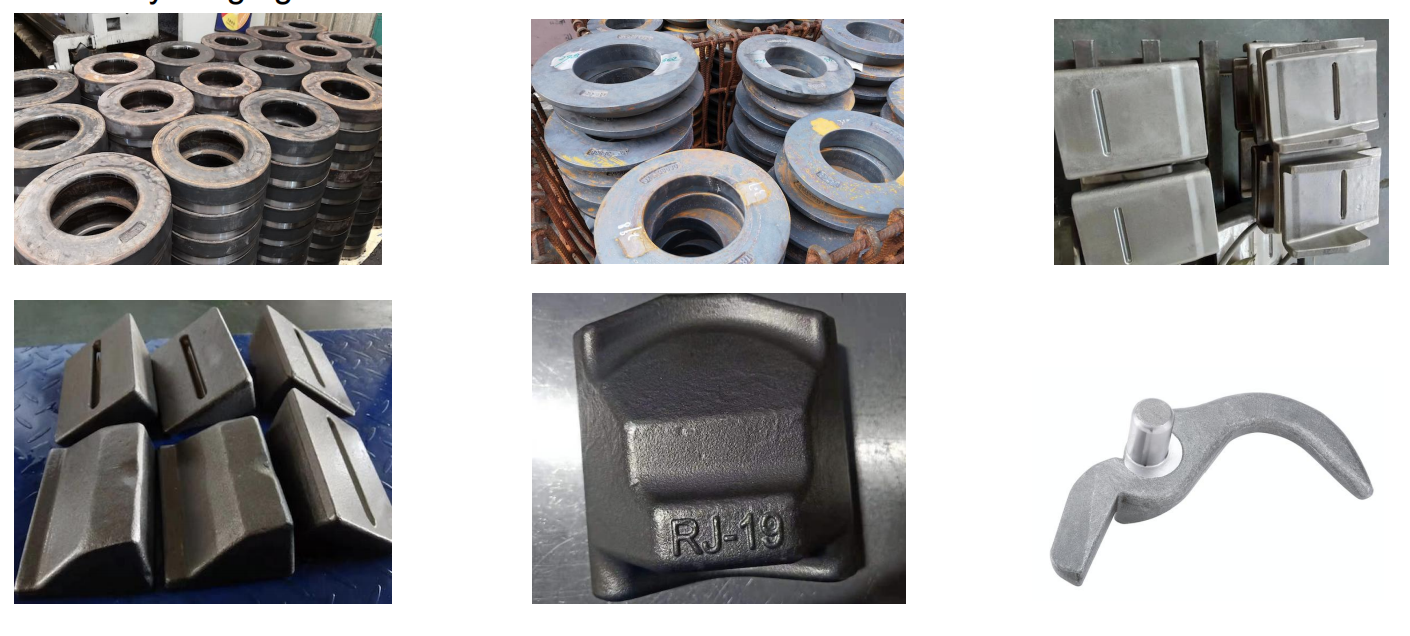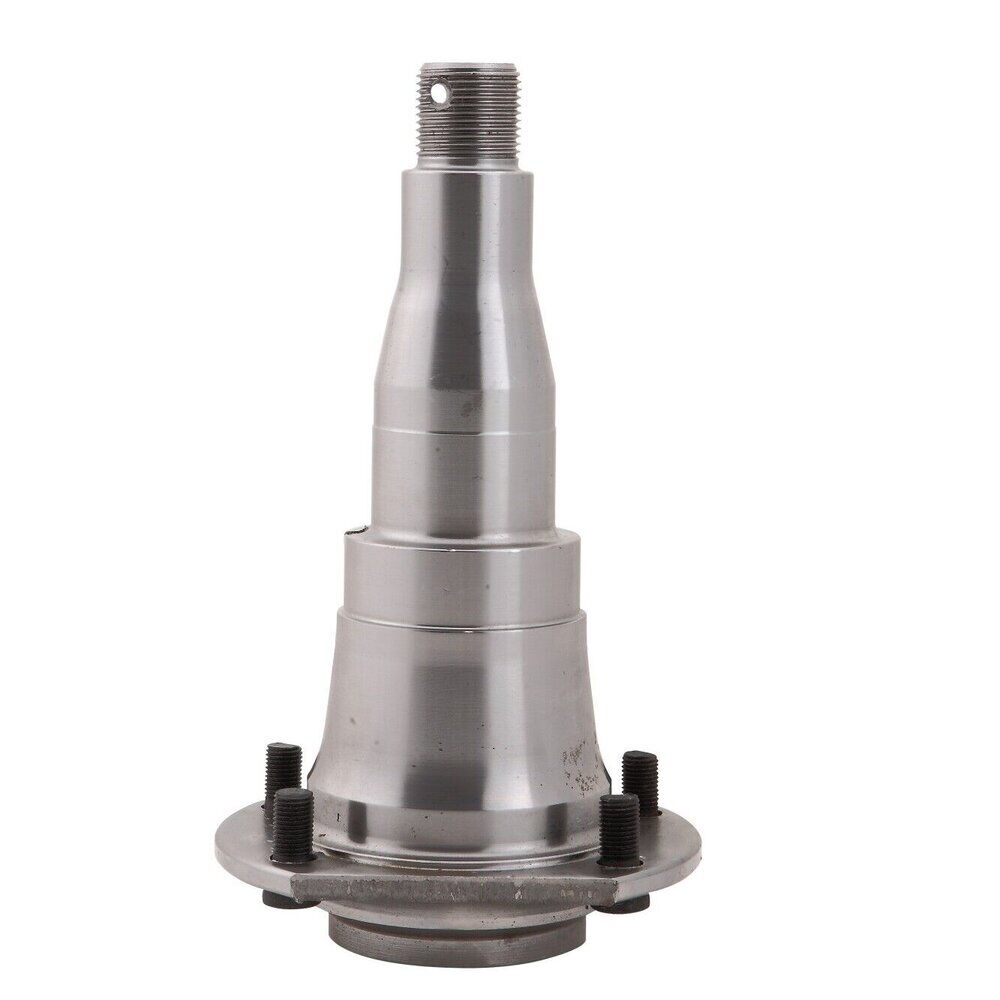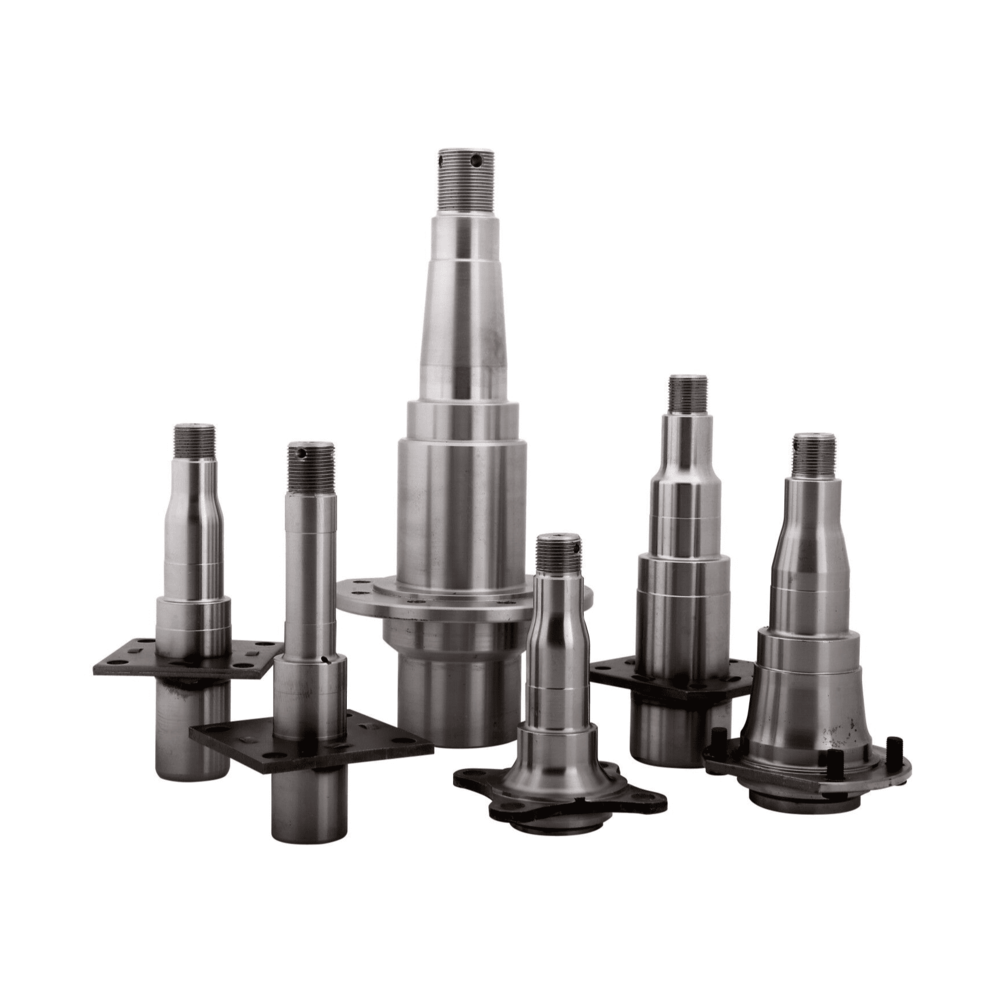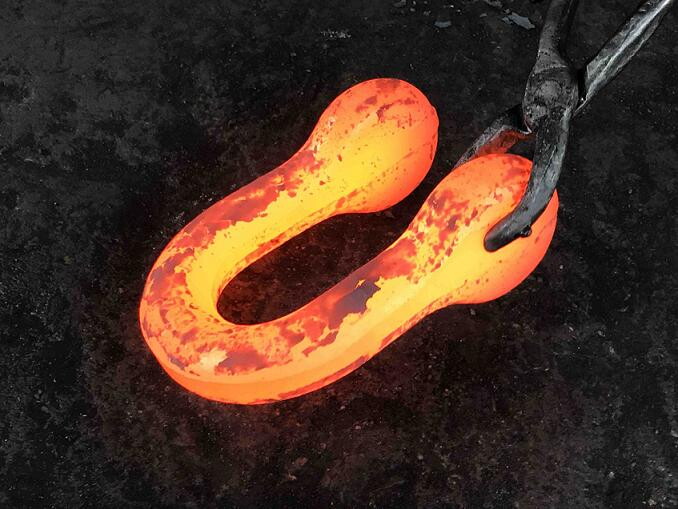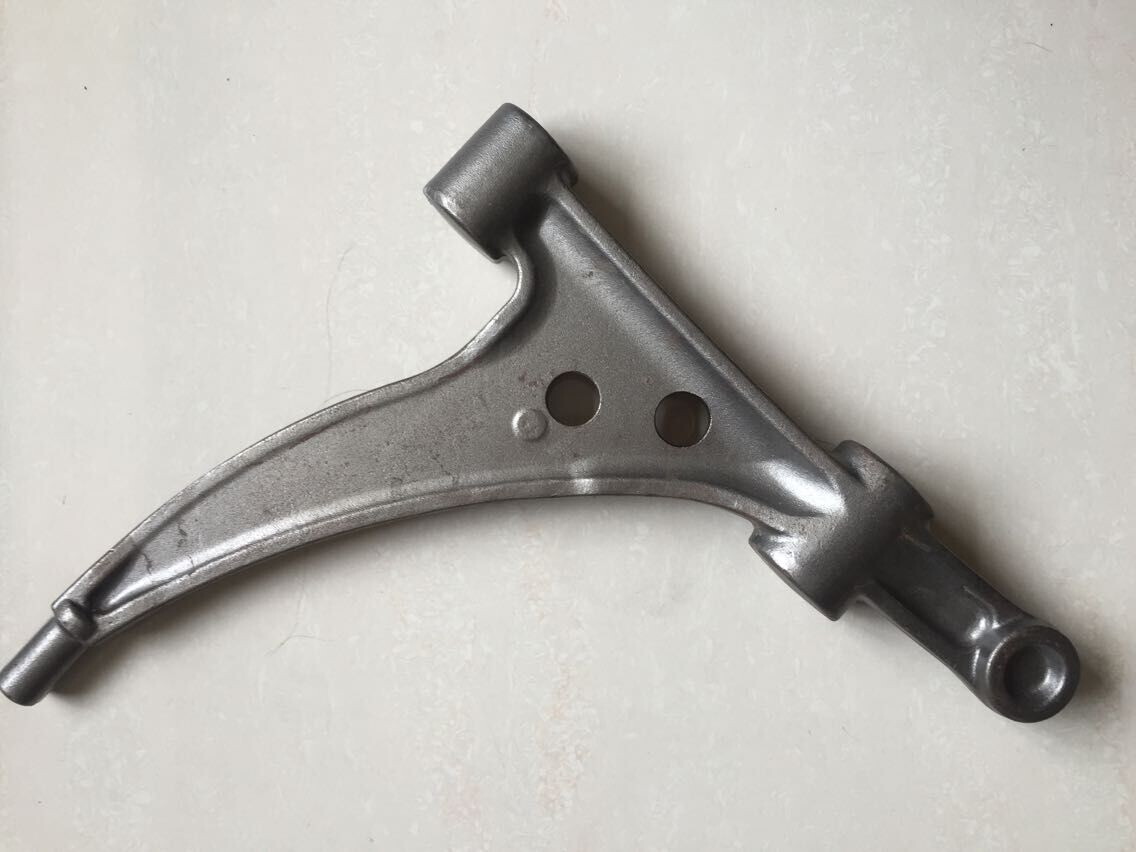Carbon steel forgings are created through the metallurgical process of forging, in which carbon steel is given a particular shape by the application of pressure and heat. Carbon steel is an alloy primarily composed of iron and carbon, with other elements present in smaller quantities.
The carbon steel forging process begins by heating a solid piece of carbon steel, known as a billet or blank, to a temperature above its recrystallization point. This temperature allows the material to become malleable and easily deformed.
Once the billet reaches the desired temperature, it is placed into a die, which is a specially designed tool or mold that defines the shape of the final forged component. The heated billet is then subjected to compressive forces using a forging press or hammer, deforming it to conform to the shape of the die cavity.
The applied pressure causes the metal to flow and take on the shape of the die, resulting in the desired form of the forged component. The forging process can produce various shapes, such as bars, shafts, cylinders, discs, and complex geometries. After the forging operation, the forged part may undergo further heat treatment, machining, or finishing processes as required.
● High Strength
Carbon steel forgings have high strength and rigidity, making them capable of withstanding heavy loads and pressures.
● Good Wear Resistance
Carbon steel forgings exhibit excellent wear resistance, making them suitable for applications that require frequent abrasion or friction.
● Strong Corrosion Resistance
Carbon steel forgings possess a certain level of corrosion resistance, enabling them to withstand various corrosive mediums and environments.
● Cost-effectiveness
Carbon steel is a widely used material, and its production cost is relatively low. Therefore, carbon steel forging tends to be cost-effective compared to other options.
● Good Machinability
Carbon steel is easy to machine and shape, allowing for the manufacture of complex shapes and precise dimensions through the forging process.
● Excellent Weldability
Carbon steel has good weldability, making it convenient to connect and assemble with other materials.
● Automotive Industry
Carbon steel forgings are extensively used in the automotive industry for manufacturing components such as crankshafts, connecting rods, gears, and axle shafts. These forgings provide the required strength and durability to withstand high loads and harsh operating conditions.
● Aerospace Industry
In the aerospace sector, carbon steel forged parts are used in the production of critical components like landing gear, turbine discs, and engine mounts. These forgings offer excellent strength-to-weight ratio and resistance to fatigue, making them suitable for aerospace applications.
● Oil and Gas Industry
Carbon steel forgings find extensive usage in the oil and gas industry for manufacturing valves, flanges, fittings, and pressure vessels. These forgings possess the necessary strength and corrosion resistance to withstand high-pressure and corrosive environments.
● Machinery and Equipment
Various machinery and equipment rely on carbon steel forgings for components such as shafts, gears, bearings, and tooling. The high strength and machinability of carbon steel make it suitable for heavy-duty applications in this industry.
● Construction Industry
Carbon steel forgings are utilized in construction projects for structural applications like beams, columns, and connecting elements. These forgings provide the necessary strength and stability required for building structures.
● Power Generation
Carbon steel forgings play an important role in power generation industries, including thermal power plants and wind turbines. They are used for manufacturing turbine blades, generator shafts, and other critical components that require high strength and resistance to temperature and stress.
Creator Components offers a complete solution of various carbon steel forgings to meet your needs. For further information on this, please kindly contact us. We are committed to being your trusted source for high quality forgings.


